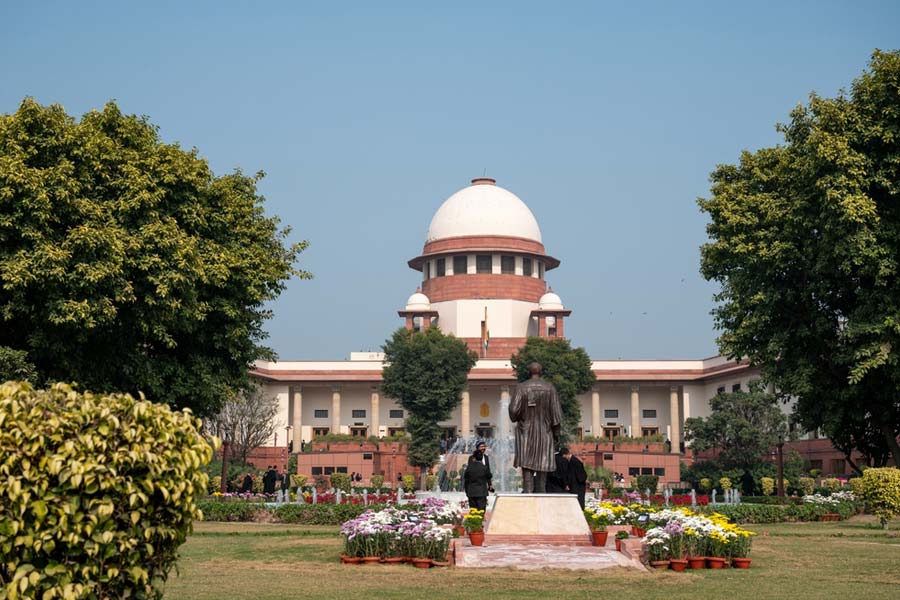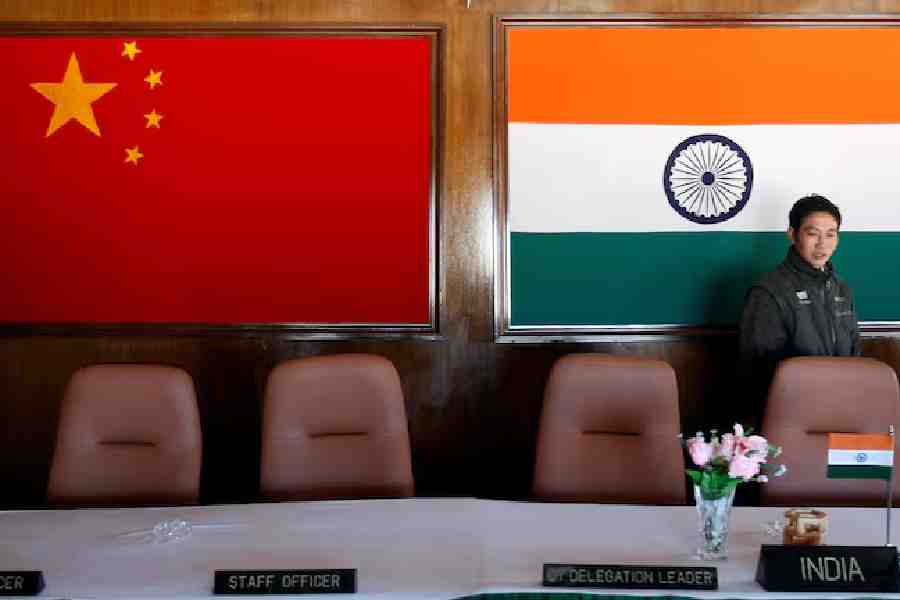It seems not quite right to say that Indian cities are heartless places where people are left to perish alone on the streets as normal life goes on around them. Look at what happened to the former model, Gitanjali Nagpal. She is now spoilt for choice as to what kind of rescue from the South-Delhi gutters she would like her many aspiring saviours to perform with her unfortunate life. With the media tracking her non-stop, it is a bizarrely cruel ‘fulfilment’ of her earlier, unsuccessful effort to be in the public gaze. Yet, counterpoint her story with that of the man lying dead for hours outside Chandni Chowk Metro station in Calcutta during a busy working day, and immediately another, more disconcerting, way of looking at the public concern for Ms Nagpal begins to suggest itself.
There are some people who are meant to be poor and homeless in India. This destiny is clearly visible on their persons, and in their styles of living and dying, usually in the public spaces of the city. This sense of the palpable fitness of things is a great antidote to shock and outrage. It is natural for starving children to starve and dying beggars to die. Ordinary citizens, the police and hospital staff can take it all in their stride without batting an eyelid. But not with Ms Nagpal. An attractive woman evidently from the urban middle classes — who, when asked where she lives, answers, “In outer space”, who describes herself as having been educated for 17 years, and who does not “beg” but only “asks” for money from strangers — must be whisked into a car by none less than the Delhi Commission for Women and taken immediately to the police, and then to a psychiatric hospital. There is something deeply unnatural about such a person sleeping rough in temple courtyards and begging in the city markets for money to buy drugs. An entire, automatic system of salvage, a mechanism of anxiety and kindness, comes into operation around such a situation, aided, of course, by the ‘value’ of such a person in the eyes of the media. This is primarily a question of social class and, in the case of a woman, a question of presentability, visual and in the appeal of her ‘story’. Those who are blithely perceived as existing beyond the possibility of salvage are also the ones who have no stories to tell. Who would ever think of stopping to ask a beggar or a madwoman on the street where she was from?










